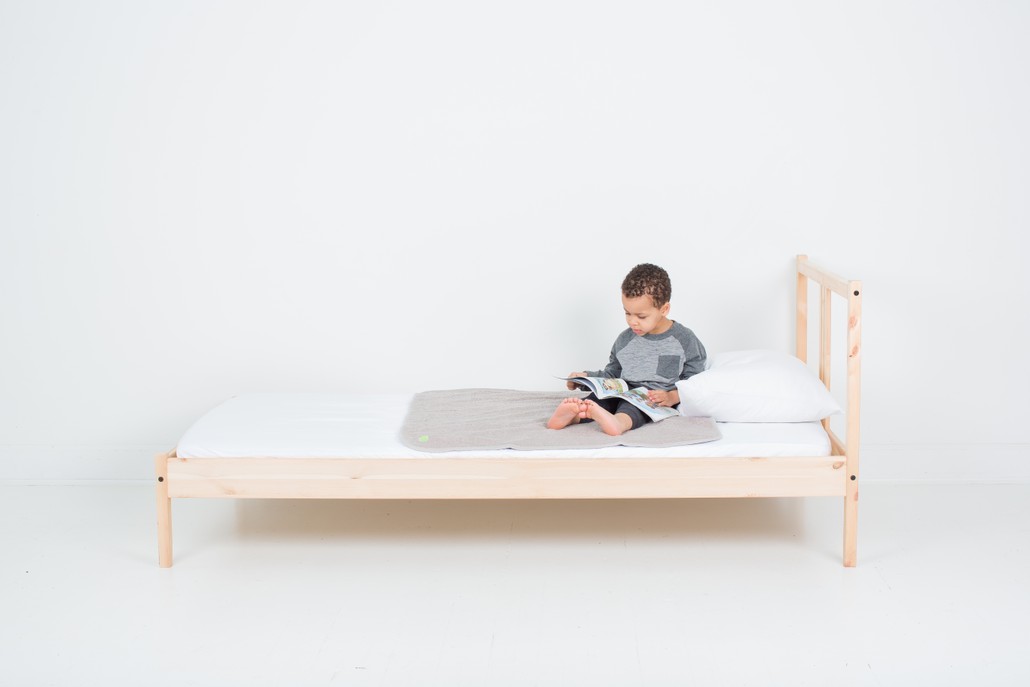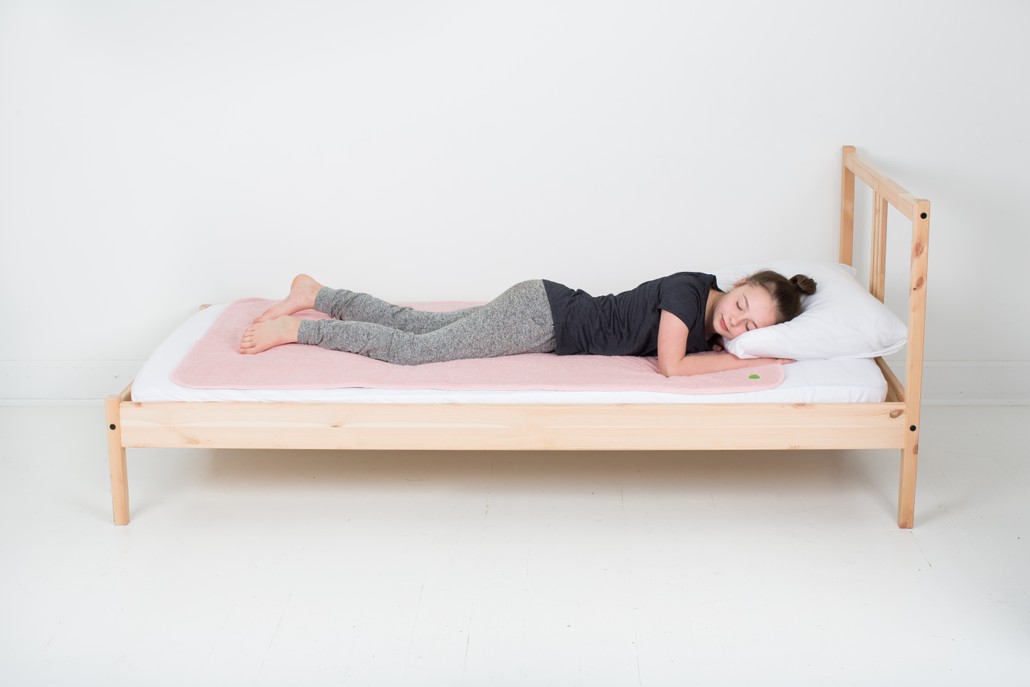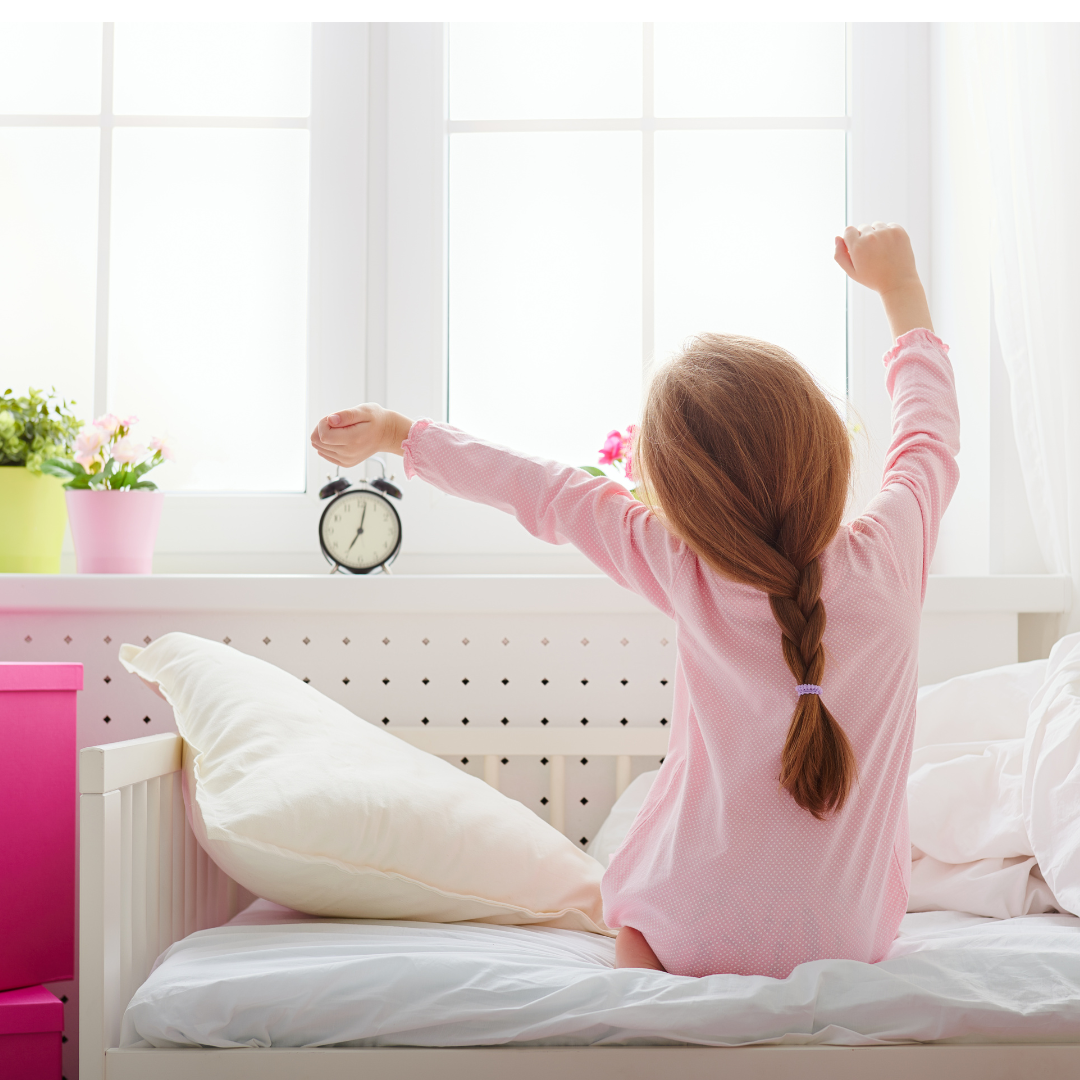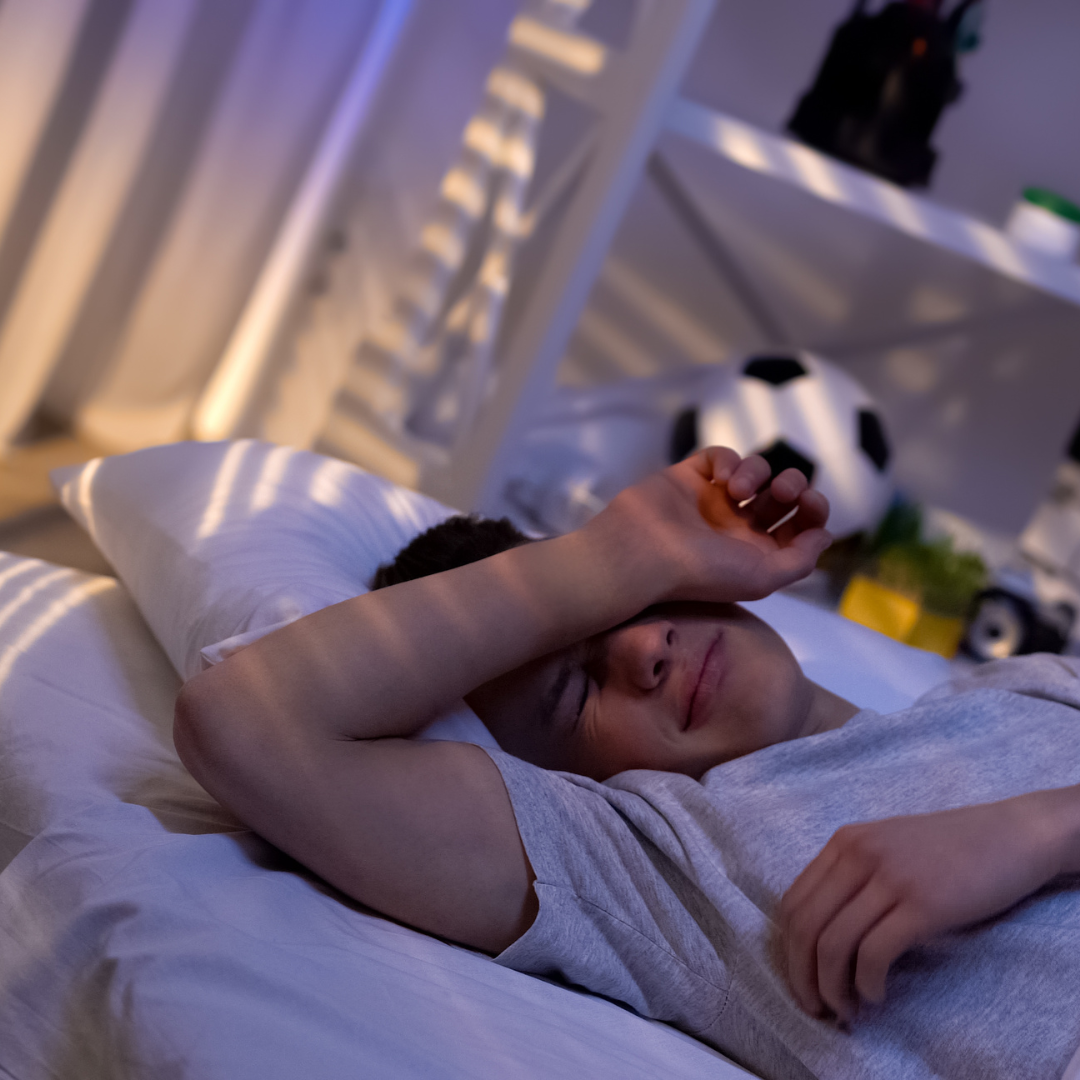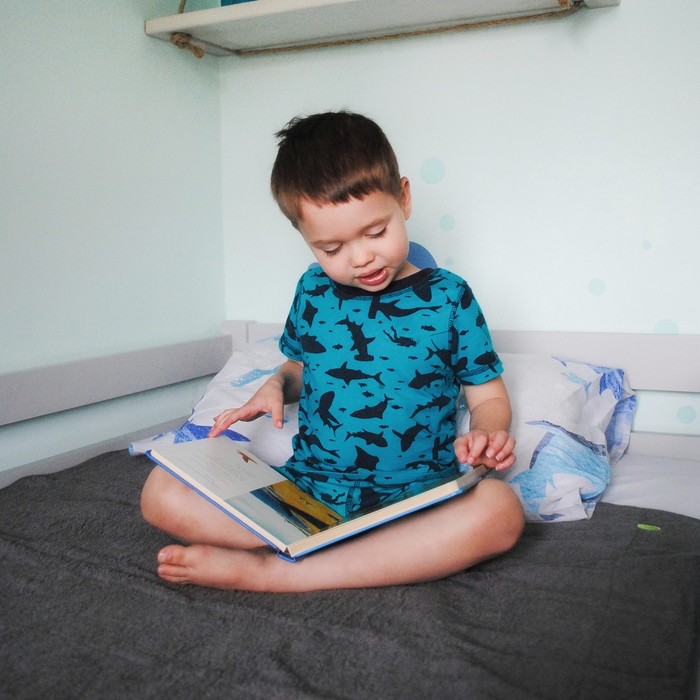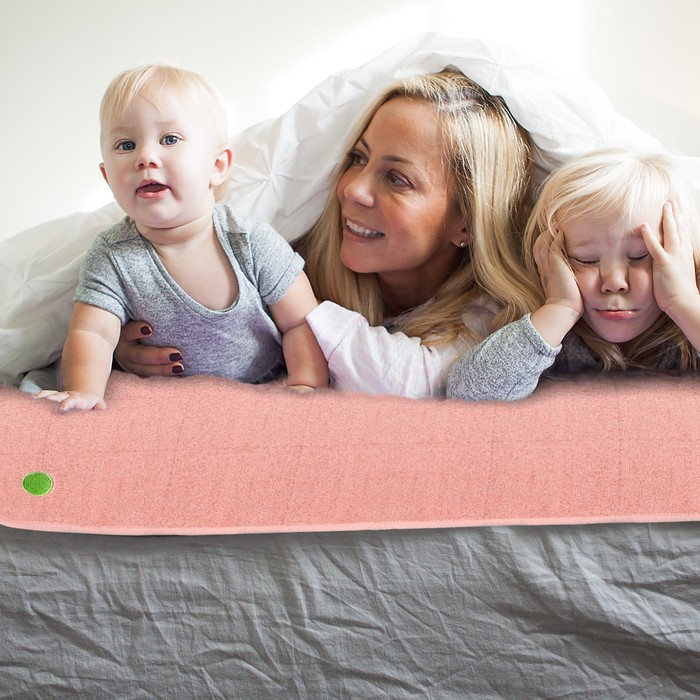How can SPD contribute to bedwetting?
SPD can contribute to bedwetting in several ways. For example, children with SPD may have a heightened sensitivity to the feeling of a full bladder. This can make it difficult for them to recognize when they need to go to the bathroom or to wake up in time to go during the night. Additionally, children with SPD may have difficulty falling or staying asleep due to sensory sensitivities. This can disrupt the normal sleep cycle, which can contribute to bedwetting.
Supporting children with SPD and bedwetting
If your child has SPD and is experiencing bedwetting, there are various strategies you can use to provide support and help them manage this issue.
1. Understand and address sensory sensitivities
Understanding your child's specific sensory sensitivities can help you develop strategies to address them. For example: if your child is oversensitive to the feeling of a full bladder, you can work with them to develop strategies for recognizing when they need to go to the bathroom. You can introduce a timer to remind about using the bathroom or using other visual cues.
2. Create a sensory-friendly sleep environment
Creating a sensory-friendly sleep environment can help your child feel more relaxed and comfortable during the night. This could include using a white noise machine to block out distracting sounds, providing comfortable bedding and using a night light if needed.
3. Use bedwetting alarms
Bedwetting alarms can be a useful tool for helping children with SPD recognize when they need to go to the bathroom during the night. These alarms work by sounding an alarm when moisture is detected, waking your child up and prompting them to go to the bathroom.
4. Encourage relaxation techniques
If your child is feeling anxious or stressed about bedwetting, practising relaxation techniques such as deep breathing or visualization exercises can help them calm down and feel more relaxed before bedtime.
5. Work with a healthcare professional
Working with a healthcare professional who is familiar with SPD and bedwetting can be a helpful step in managing this issue. They can help determine if there are any underlying medical issues that need to be addressed or recommend specific interventions based on your child's needs.
6. Use a weighted blanket
A weighted blanket can provide deep pressure stimulation, which can be calming and soothing for children with sensory troubles. This can help them feel more relaxed and comfortable during the night, which may reduce the likelihood of bedwetting.
7. Develop a consistent bedtime routine
Establishing a consistent bedtime routine can help children with SPD feel more secure and prepared for sleep. This routine could include activities such as taking a warm bath, reading a book and various relaxation techniques.
8. Positive reinforcement
Praise and positive reinforcement can be powerful motivators for children with bedwetting. Acknowledge their efforts and progress and provide rewards for successful nights. This can help build confidence and encourage them to continue working on managing bedwetting.
9. Consider dietary changes
In some cases, dietary changes may be helpful in managing bedwetting. For example, limiting fluids before bedtime and avoiding caffeine and sugary drinks can help reduce the likelihood of bedwetting.
10. Seek support from other parents
Connecting with other parents of children with SPD and bedwetting can provide valuable support and resources. Consider joining a support group or online forum to share experiences and strategies with others in similar situations.
Managing bedwetting in children with SPD can be a process of trial and error. What works for one child may not work for another, so it's important to be patient in looking for the right strategies and interventions for your child.


